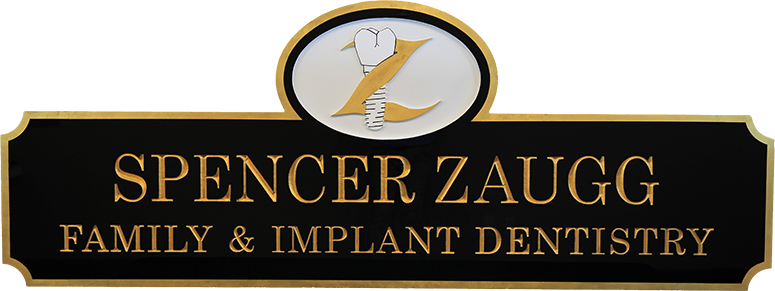 Many dental procedures can be done with local anesthesia alone or in conjunction with an oral sedative and/or nitrous oxide sedation. However, certain complex cases, anxious patients, and children may require a more controlled and deeper level of anesthesia.
Many dental procedures can be done with local anesthesia alone or in conjunction with an oral sedative and/or nitrous oxide sedation. However, certain complex cases, anxious patients, and children may require a more controlled and deeper level of anesthesia.
What it is:
Dr. Zaugg works closely with a board-certified anesthetist, using state-of-the art equipment and adhering to the highest office-based anesthesia standards, to create an atmosphere that will allow patients to relax and sleep comfortably with minimal to no recollection of their procedure. This allows for a safer, more predictable and comfortable experience for each patient. In most cases patients are ready to return home in about 30 minutes after the completion of their procedure.
Patients that my benefit from sedation dentistry include:
- Patients with dental anxiety or phobia
- Patients with complex surgeries
- Patients requiring multiple implants
- Patients with a sensitive gag reflex
- Patients who have difficulty sitting still for long periods of time
- Patients with low pain thresholds
- Patients that have difficulty getting numb or staying numb
- Patients with special needs
- Pediatric dental treatments
- Patients that simply do not wish to be aware during dental procedures
Procedure:
Before Sedation Appointment:
- Prior to your procedure your anesthesia provider will call you so you can confidently discuss your health history and information vital to your care.
- Being open and honest with your anesthesia provider is key to the selection of the safest anesthetic for you. Be sure to follow the pre-anesthesia instructions you’ll be provided.
During Sedation Appointment:
- When you arrive for your treatment you will meet your anesthetist, discuss any additional information or questions you might have and sign a consent form that will have been provided to you for review prior to your assigned appointment.
- During the entire anesthetic administration and recovery period your anesthetist will be by your side, focused on you, monitoring you and adjusting your anesthetic as needed to keep you safe and comfortable.
After Sedation Appointment:
- Most patients recover quickly and are able to go home within 15-30 minutes following their procedure. When you leave, you might still feel some effects from your anesthesia. You will need to have someone drive you home.
- Closely follow the directions for your post-anesthesia care that will be provided to you. During the first 24 hours after receiving anesthesia, it is advised that you do not drive, make any important decisions, sign legal documents, or consume alcohol.


